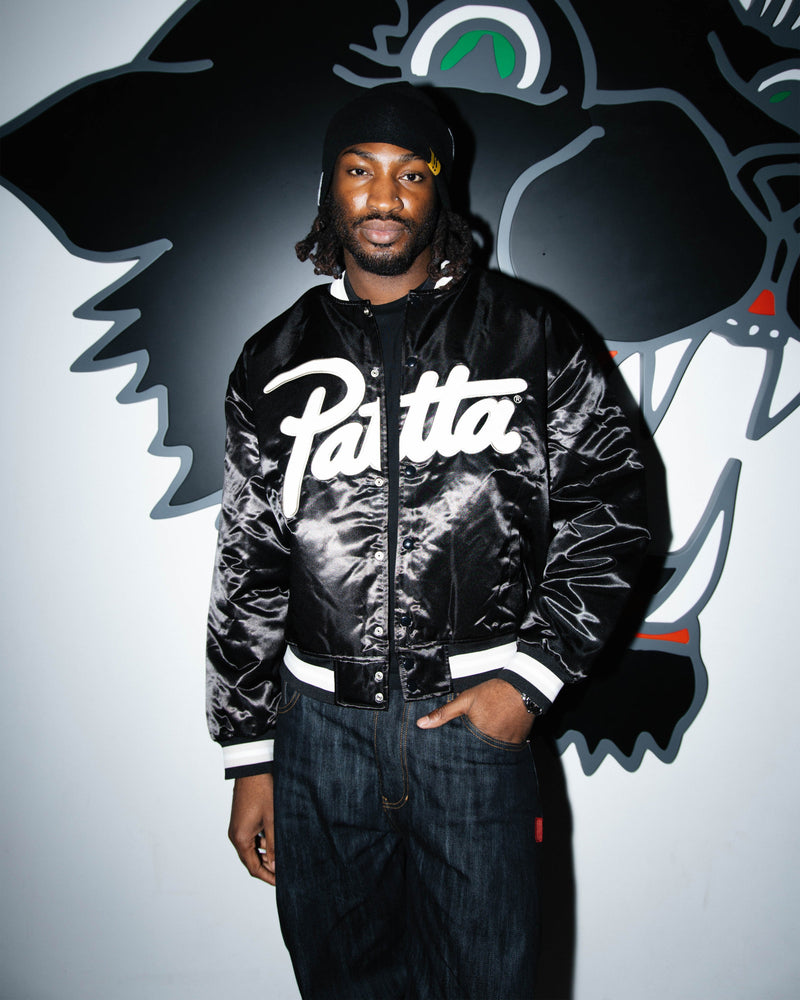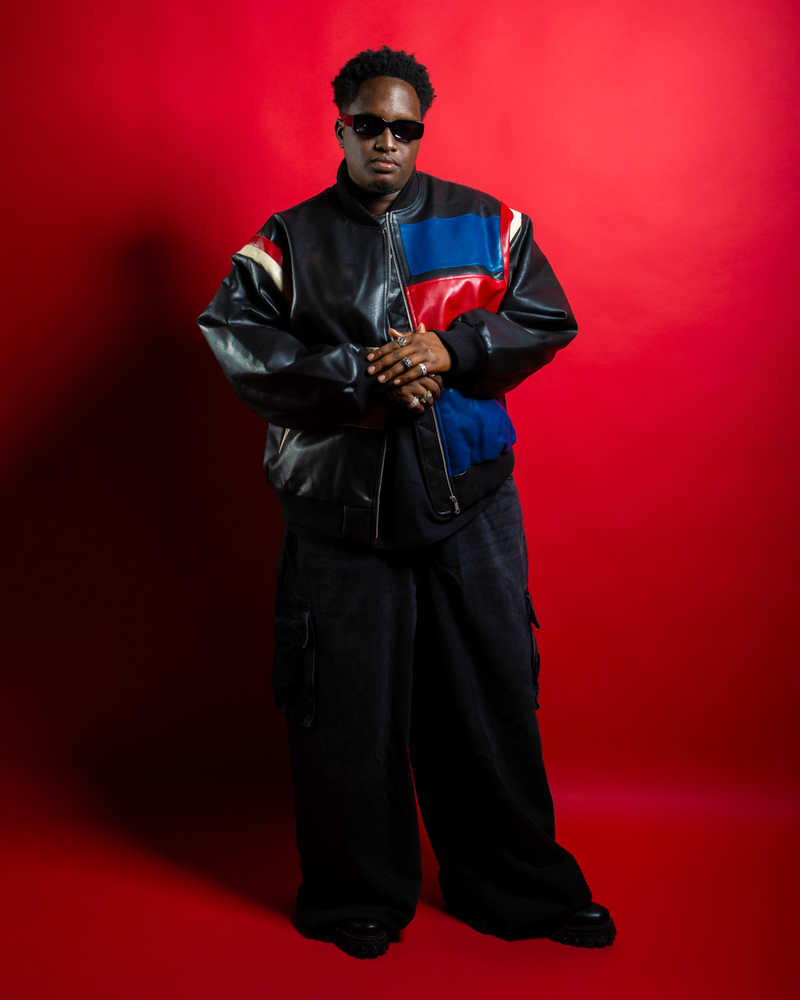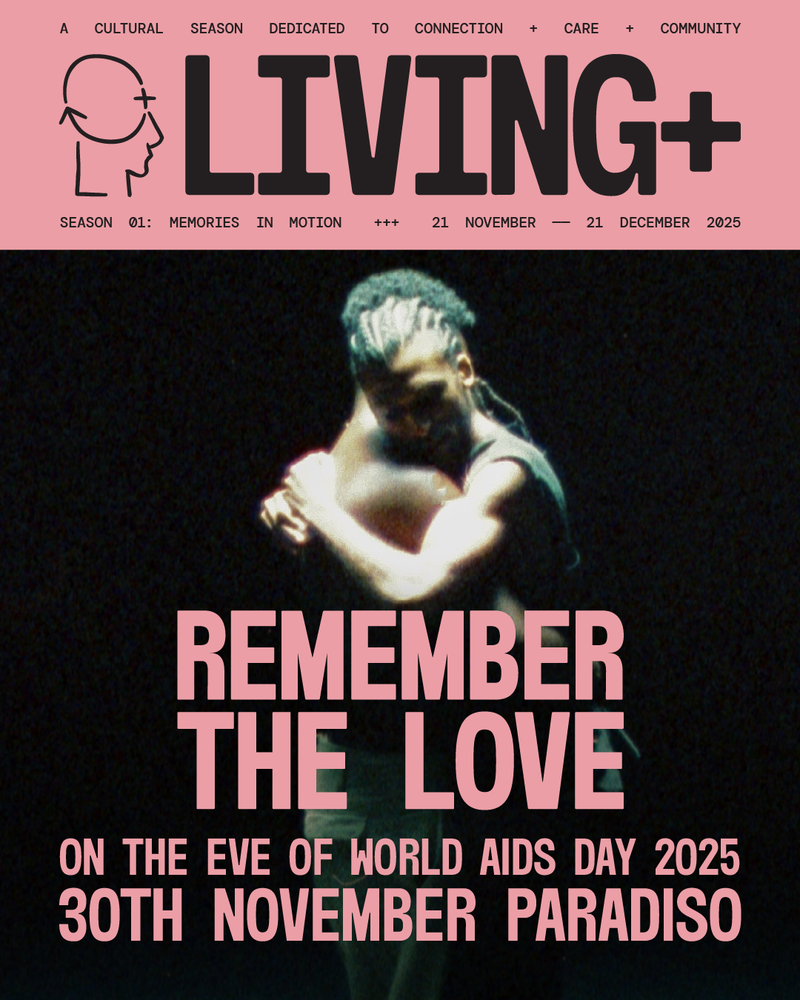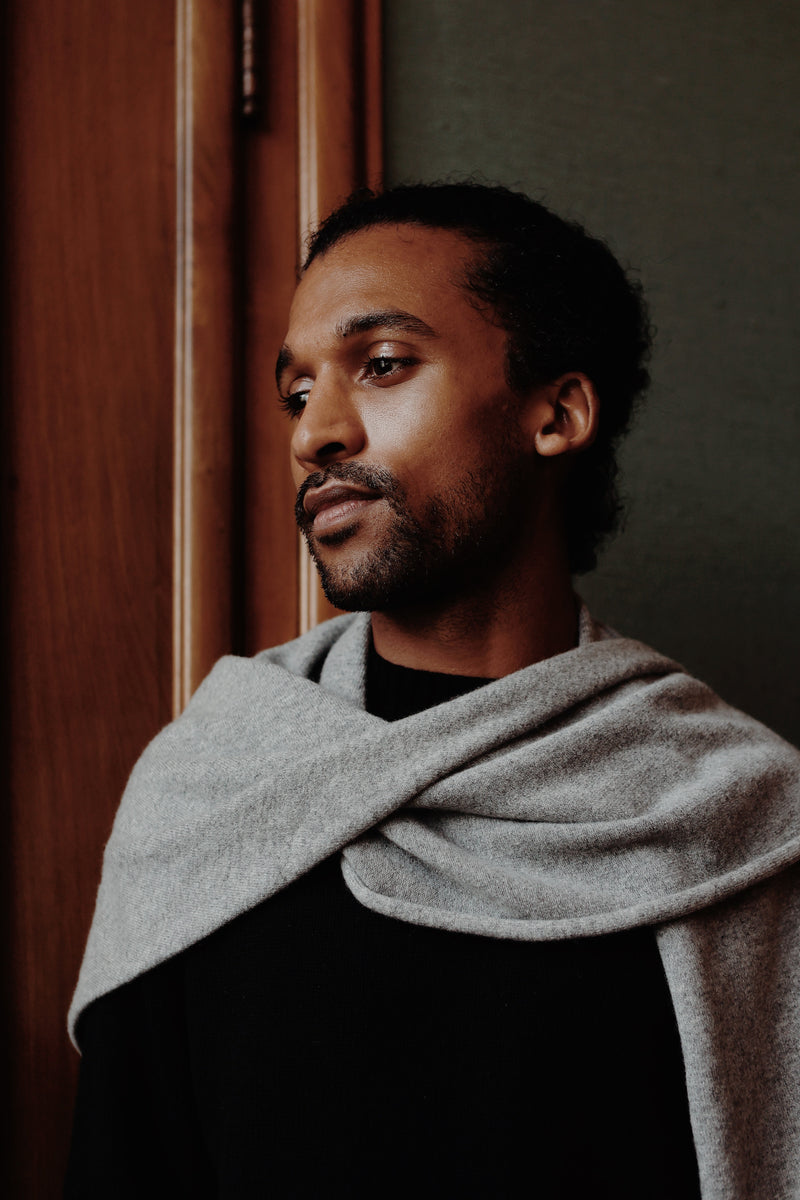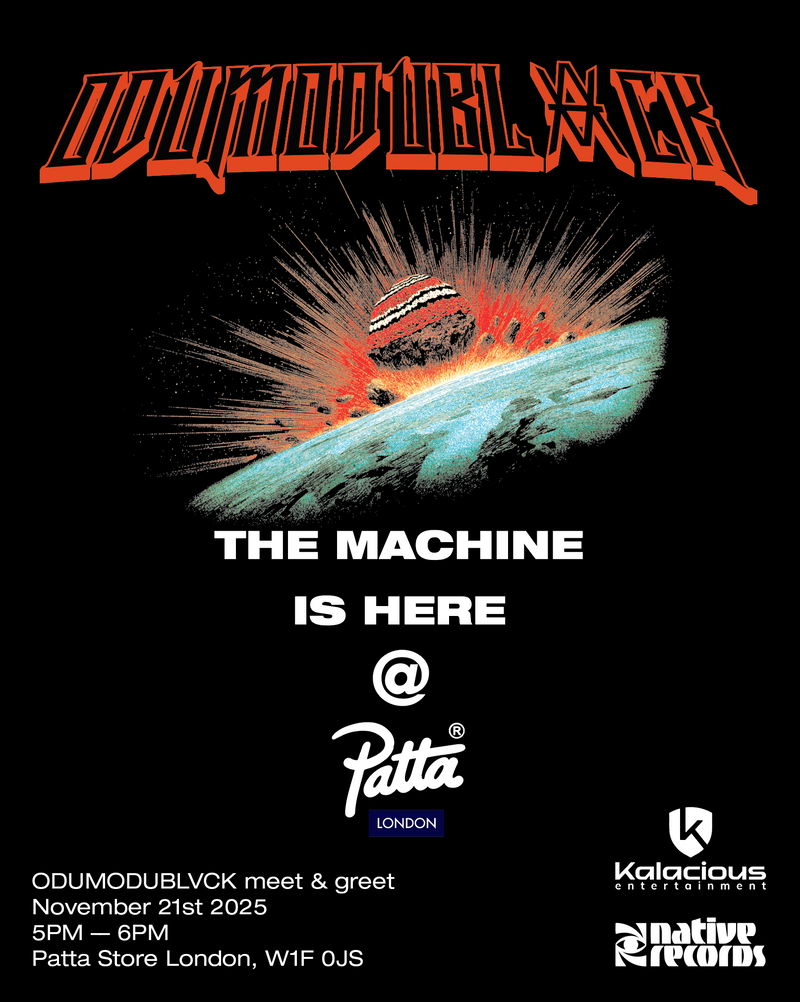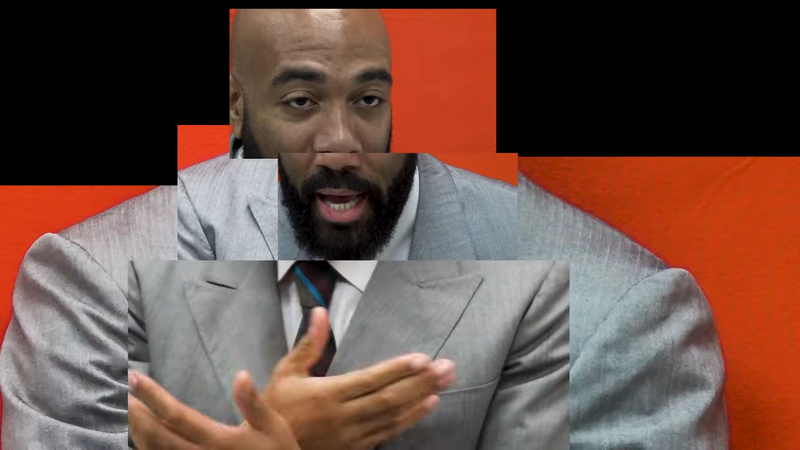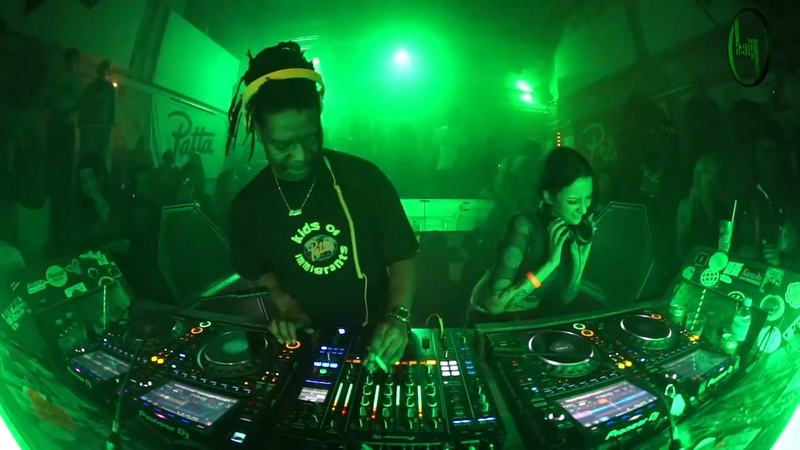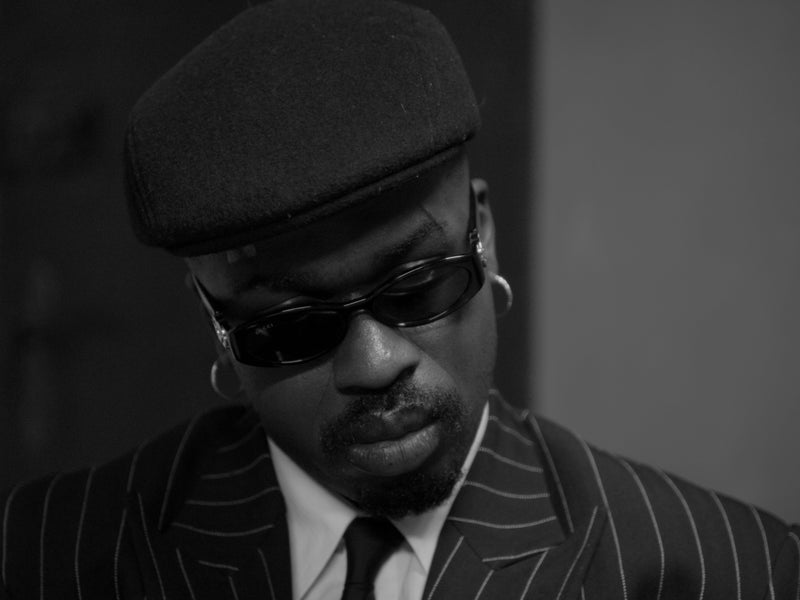
Get Familiar: Hassan Hajjaj
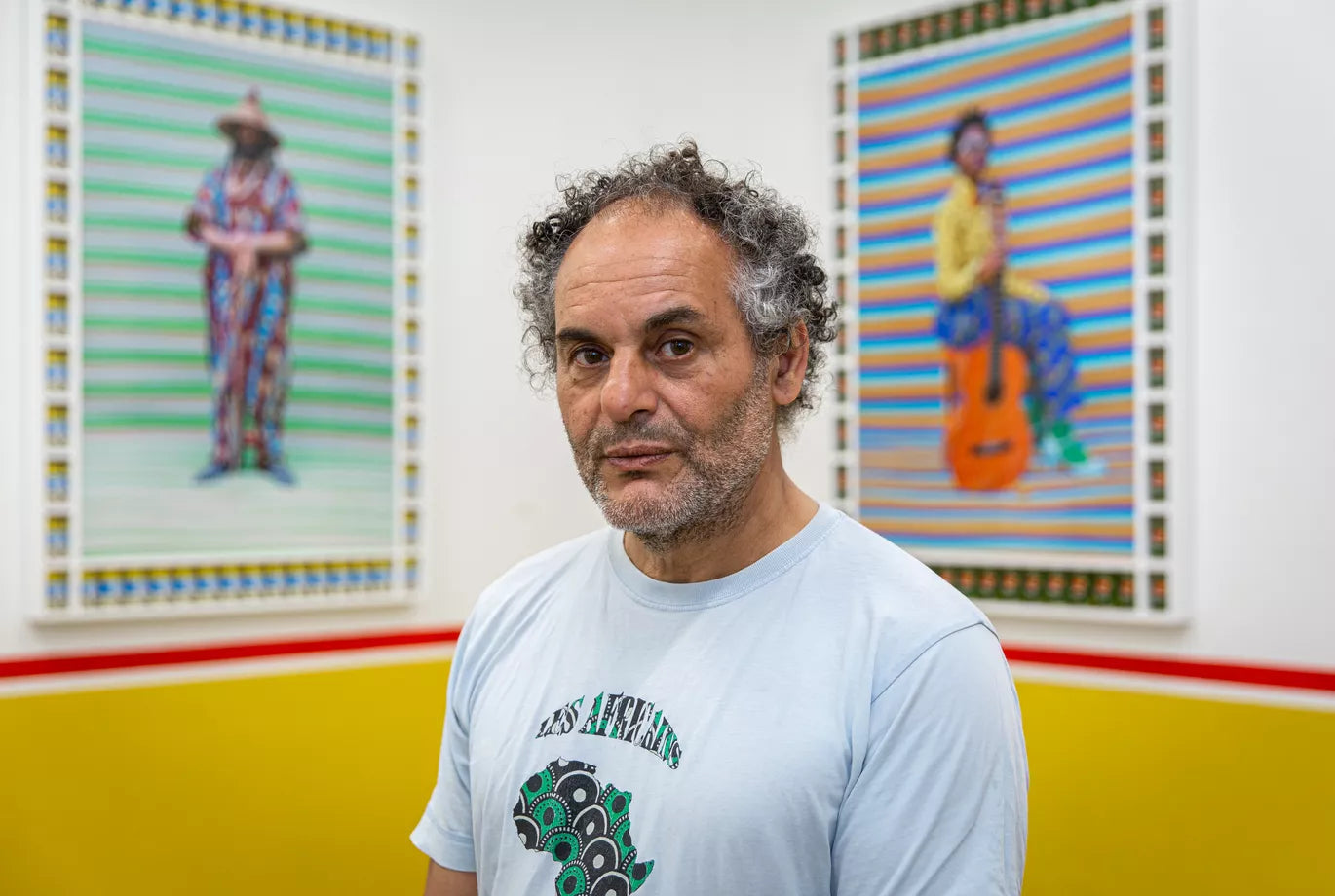
Hassan Hajjaj by ©Lisa Whiting
The creative force behind our latest collaboration is the creative powerhouse Hassan Hajjaj. Patta has teamed up with visual artist Hassan Hajjaj’s lifestyle brand Andy Wahloo on a capsule collection that blends their distinct styles combining traditional Moroccan elements and streetwear. With years in the game, it was time that we caught up with Hassan Hajjaj so we could get familiar with this work, his adventure so far as well as get some advice about taking the less beaten paths.
Born in 1961 in Larache, Morocco and a Londoner since 1973, Hassan Hajjaj has since lived and worked between the two countries. He is as much influenced by the cultural and musical scenes of London as by his North African heritage. His artistic universe thus reflects his ability to create bridges between these two cultures, by bringing together styles, universes and icons.
Framed photography by ©Hassan Hajjaj
How do your two backgrounds meet in the middle to create your unique vision?
It’s taken to two different places for me to take the work that I'm doing at the moment. Marrakech and London both have my heart. In my experience, I can’t say that they meet in the middle, it’s a kind of peaceful co-existence where they sit together and somehow create their unique language.
Is collaboration important to your process and how does this manifest in your art?
Definitely, it’s something that makes me think about my partner's way of work as well as looking at my way of working from a new point of view. Beautiful thing about it is that it always has a beginning, middle and end which is not really the case with my series which are mainly open. The process itself of having two different cultures and companies intertwine yo become one at the end.
You once said that it is your subject that gives power to your work, what do you feel your use of backdrops, styling and props adds to the work?
I think normally in two ways, sharing the moment and the person's creative side. The artwork around it is to highlight the person too. It’s moresay like a stage I'm giving to the person I'm in collaboration with. It's actually my way of saying thank you for participating in the collaboration.
What similarities do you see between London and Marrakech?
I don’t think it’s that much. It’s two different cultures. When I'm in Morocco, I put my Moroccan cap on and when I'm in London, I put my London cap on. Really not much similarities.
Framed photography by ©Hassan Hajjaj
You worked with Patta previously on our Patta x Tommy collection in 2021, how did Team Patta come into your life?
Well, it was Fats that introduced me to Tim. He thought it was a good idea to meet Tim. And I think we can both assume he wasn't wrong about that.
How did you first enter the world of fashion?
I had the brand called RAP (Real Artistic People) started in 1984. I was designing for myself and my friends. Around that time was really the beginning of streetwear so we just wanted to create something for ourselves. There weren’t people designing for us so we had to do it. And that's how my streetwear involvement started.
What influenced you to transition into photography?
Firstly, I was and still am a big fan of photography first and a photographer after. Especially late 70’s and 80’s style gets my heart beating a bit faster. It really was the love and being a fan of it that got me to explore it.
Please tell us a little about your background and how you first got into photography and art.
Well, I came out of school at 15 without any diplomas. You know, life goes on and you start to figure yourself out. Got to a point where I bought a camera from a friend of mine and just started taking pictures. This was around 1989. The person to recognize my work and put me out there was Rose Issa. She introduced me to the art world, a world I couldn't have imagined to take part in at that time.
Framed photography by ©Hassan Hajjaj
Your work often combines elements of Moroccan and African cultures with Western pop culture. How does your cultural identity influence your art?
I think that it’s simply my life, I’m Moroccan by birth and I'm a Londoner so I grew up with western pop culture. That combined is Hassan Hajjaj. My work is literally the journey of different chapters in my life.
Can you walk us through your creative process for developing a new piece of work?
It really depends on how it all happens. Sometimes it’s spontaneous and I will use what I have but sometimes we have more time to plan and the process shifts slightly to make it even more inspired by the sitter. But for an artwork, I design the outfits, then I will select outfits for the sitter to choose from, which is important in the process as it then becomes this collaboration between us. After that, I work out the backdrop mostly to make the sitter(s) stand out. There will often be music and food involved in the process. After this, I go into edit. Once I edited the image I would workout the size and frame for the final artwork.
Many of your works feature vibrant colors and bold patterns. How do you select the colors and patterns for each piece?
Really goes with a feeling. I always clash colors to highlight the main character. The sitter is the most important so all the creativity is going to finding the most clashing colors complementary to the main person. At least, that's the goal, fortunately going well.
Your photographs often feature models wearing traditional clothing paired with contemporary accessories. How do you balance tradition and modernity in your work?
Depending on who it is, we’ll have to find the balance between the two. It’s all about feeling or instinct. Again it’s finding that peaceful co-existence. Maybe it’s the respect and recognition of our roots and where we come from and the acceptance that things must evolve and change and embracing both.
"Alia Ali" artwork by Hassan Hajjaj, installation shot at Maison Europeenne de la Photographie, Paris/France, photography by Emmanuel Bacquet.
Your pieces have been exhibited in galleries and museums around the world. What has been the most memorable exhibition you've participated in and why?
I would say the Maison Européenne de la Photographie. The reason is because it was a retrospective show. So I had to go back to the beginning of my work to see my work from the 80’s. The show was about the start of my career to the point I was at that moment. So it allowed me to see my growth along the years of hard work. Amazing show.
How do you stay motivated and continue to push the boundaries in your work?
This has to do with passion. Also the people I take pictures of. At the end of the day I just enjoy what I do. I mean if it starts feeling like life is repeating itself, I’d stop immediately.
I think that goes for anything you enjoy doing. If it feels like a videotape playing all over again at some point you'd get bored of seeing the same bit.
Can you discuss a specific work that holds a special place in your heart and why?
An image called ‘Gang of Marrakech’. The Gang has on different outfits. The camo is from NY and the polka dot I bought in Brick lane in London. The outfits were then made in Marrakech. When those were finished, I gathered a few local women I knew and photographed them on motorbikes in the old Medina. That all together was a whole journey which is really often the exciting part of the creation rather than the artwork itself.
How do you see the role of art in society, and how do you hope your work impacts the world?
It could break barriers, it could create debate. So I think it’s very important to have this. I hope it makes an impact on the viewer and I let them decide whether they like it or not. Hopefully they do but all is good.
What advice would you give to aspiring artists and photographers?
Don’t do it for money or fame. That comes after and you’ll enjoy it a lot more by that time.
Framed photography by ©Hassan Hajjaj

